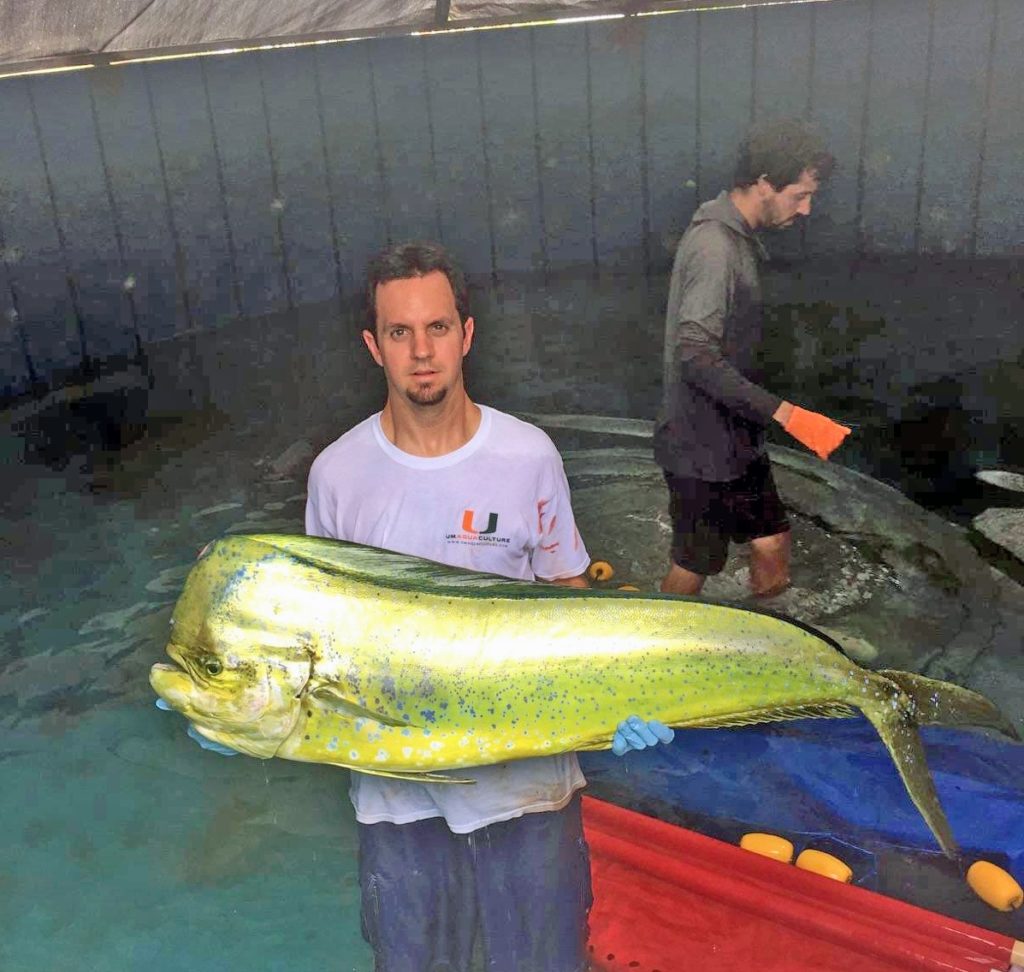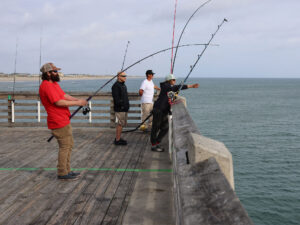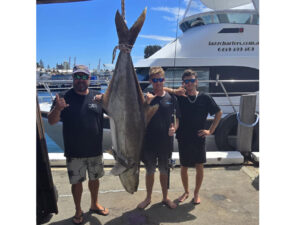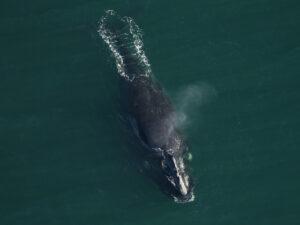Among many bluewater anglers, the notion of astonishingly rapid growth in dolphin (mahi/dorado) has become legend — so much so that some might have the idea that figures showing such growth must be an urban legend.
Not so, says Don Hammond, who runs the Dolphinfish Research Program. Scientists have attested for years to amazing growth rates, and yet another well-documented example now comes from the University of Miami’s Rosenstiel School of Marine and Atmospheric Science.
The (very) long and short of it: A young male dolphin, collected by Capt. Ray Rosher of Miami, weighed 5 to 6 pounds when it was placed in captivity in December, 2014. Nine months later the fish weighed in at 56.4 pounds — that’s 50 pounds in three-fourths of a year.
Extrapolating at that rate, a one-year-old dolphin could weigh nearly 75 pounds.
True, this fish had been in captivity and so had no shortage of food to fuel that growth. “It would be unrealistic to expect such growth to be common among wild fish,” Hammond says. “Only a few other bull dolphin in the RSMAS culture study have exhibited somewhat similar growth.” He also acknowledges that female dolphin in the program have shown a less-spectacular growth rate.
But, “It does demonstrate the potential growth the species has,” and, says Hammond, should be a strong reminder that releasing small dolphin “can earn dividends in short order in the form of bigger fish.”
It might be noted that unlike their South Atlantic counterparts (for whom dolphin must be at least 20 inches at the fork to retain), Gulf of Mexico anglers in federal waters have no legal requirement to release tiny dolphin and often keep whatever comes aboard, however small. This knowledge may encourage them to release smaller fish (or, better, to work with Hammond’s program as a dolphin tagger and provide invaluable information about the species and its movements in the Gulf).









